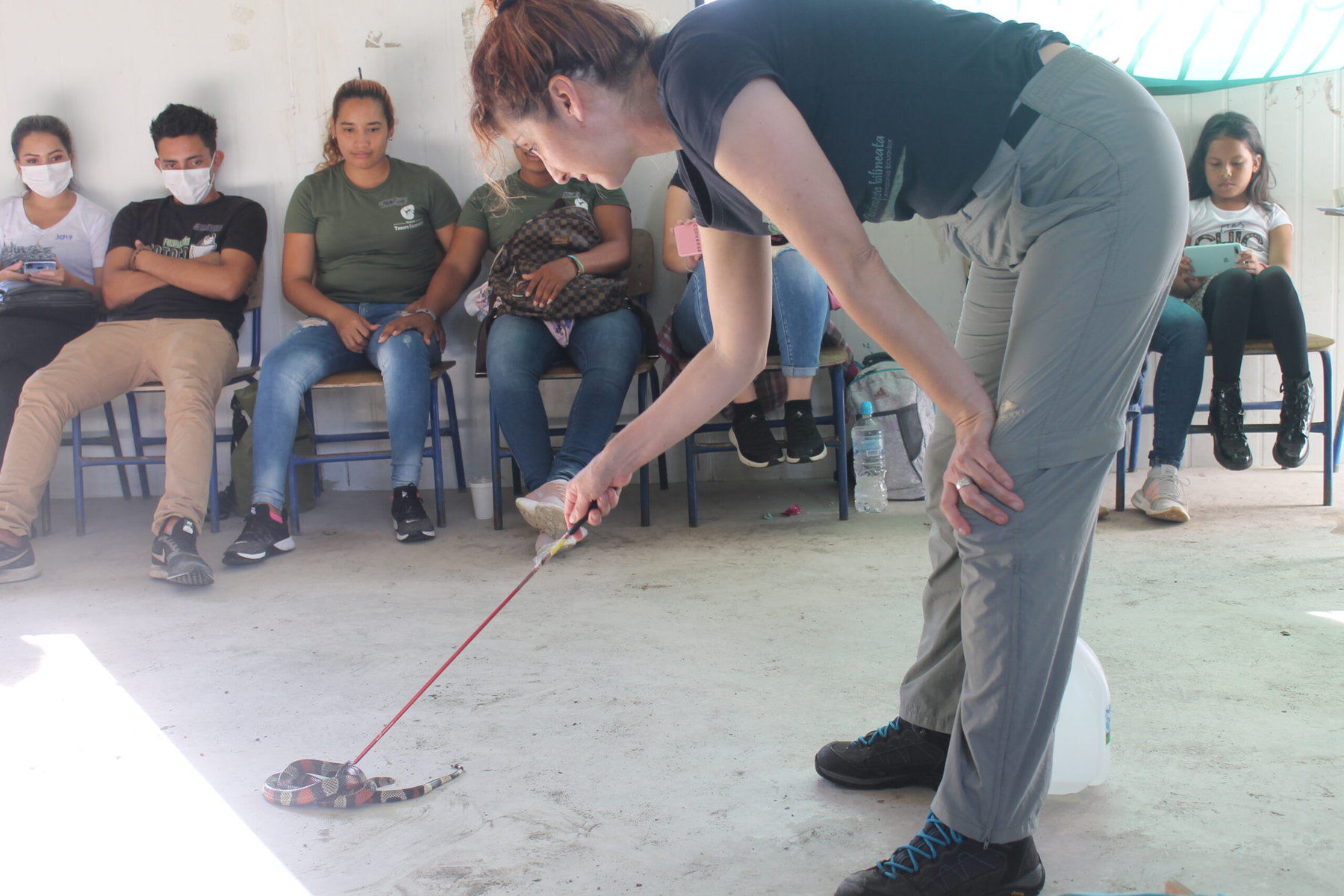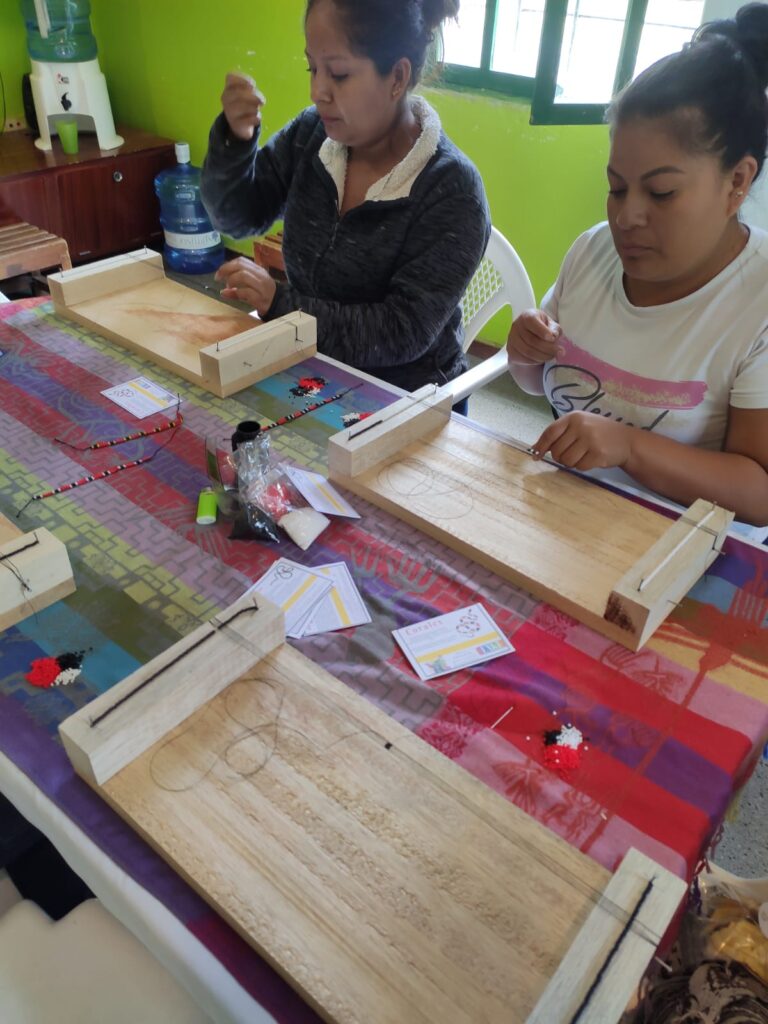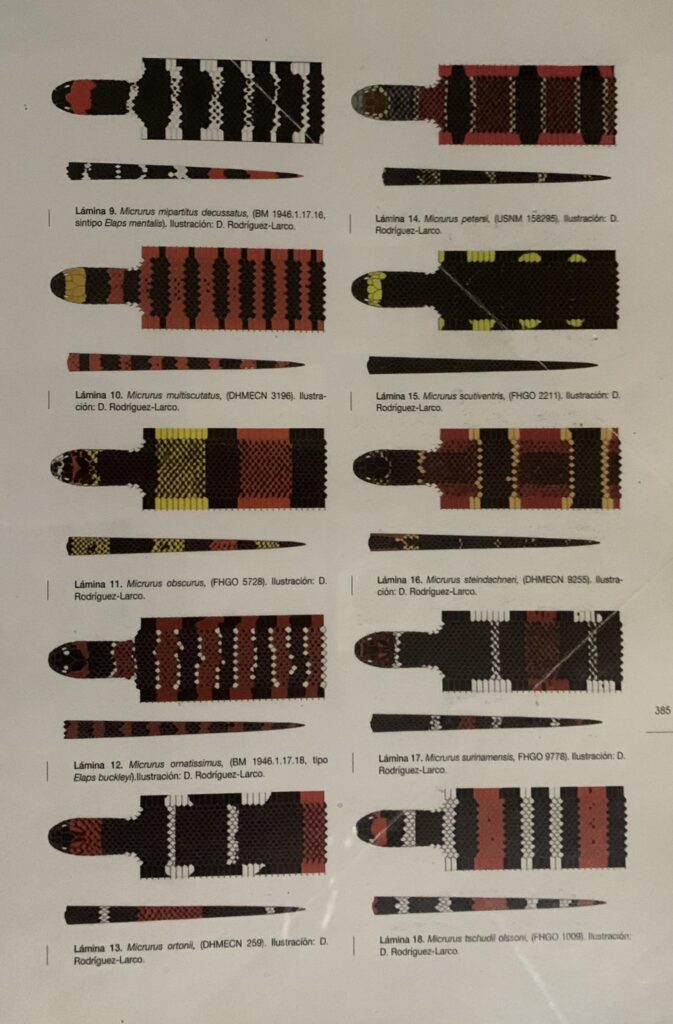This guest piece by Maria Elena Barragan-Paladines, Executive Director of the Gustavo Orcés Herpetological Foundation (Ecuador), marks International Snakebite Awareness Day 2023! Maria is member of the Snakebite Community Engagement Network (SCEN) Steering Committee and the Women Champions of Snakebite (WCOS).
Here, Maria describes an innovative and creative approach to raising awareness of snakebite and snake conservation at the community level.
Snake perceptions in Ecuador
Despite being among the smallest countries in South America, Ecuador counts for almost 10% of the world’s snake species. With such an immense diversity of snakes, it is no exception for Ecuador’s remote areas to be affected by snakebite envenoming.
Venomous and non-venomous snakes are feared alike and are systematically eliminated, which in turn leads to more snakebite incidences than prevention. The general negative attitude towards snakes is often triggered due to the significant burden of lifelong physical disabilities it causes, including limb amputations. Biased interpretation of snake behaviours and habits are further influenced by religious practices and lack of knowledge about prevention and first aid in remote areas in Ecuador.
Teaching snake conservation through art
The need to mitigate human-snake conflict and promote the conservation of snakes required new thinking and a creative approach. With this in mind, the curiosity to learn more about the various shapes, colours and patterns of snakes among local community members contributed to the idea of using art to teach about snake conservation.
Understanding more about snakes and their role in the ecosystem, reflecting on the benefits of snake conservation, as well as mitigating snake population declines in the wild are among the topics discussed while demonstrating techniques for weaving bracelets themed around coral snake colours.
By the end of these workshops, negative and unfriendly perceptions of snakes are often replaced with insightful realisations. Education workshops about snake conservation through art are now regularly held and encouraged by community members themselves, and spread across snakebite affected communities. This project is part of a wider range of initiatives that have been undertaken in Ecuador from which around 4,000 people from different communities on the coast, mountains and Amazon have benefited over the years.
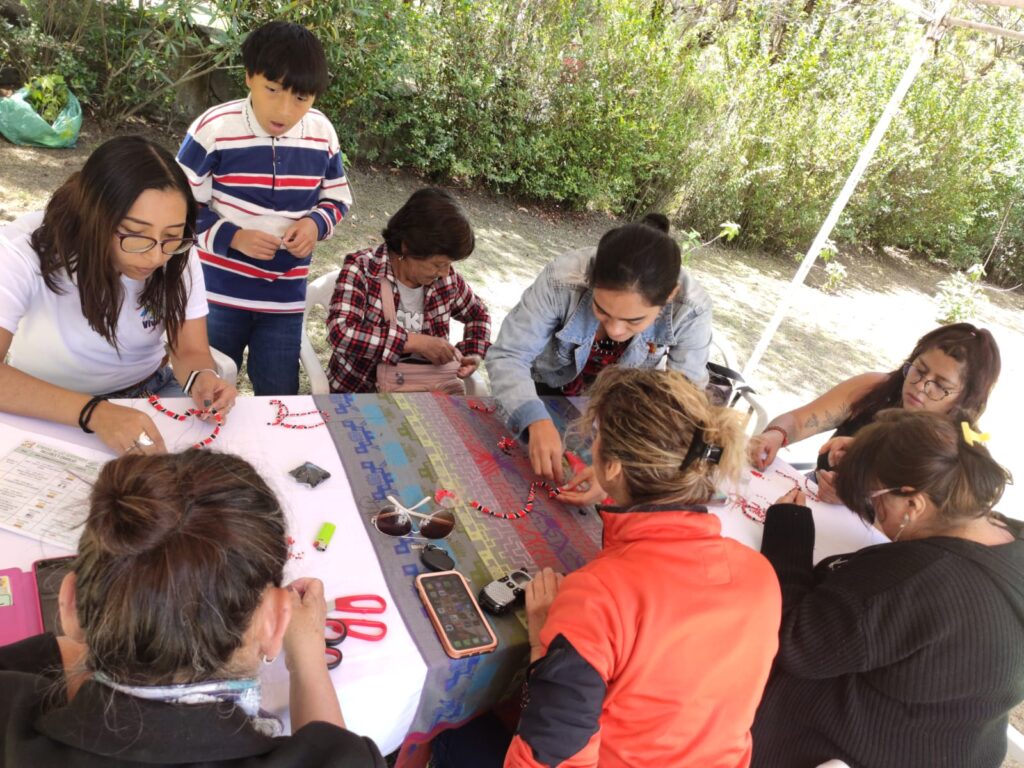
Professionals and students of biology, veterinary medicine, environmental engineering, as well as women from different regions of the country have also been empowered with knowledge about snakes and together woven bracelets inspired by the colours of the coral snakes found in Ecuador.
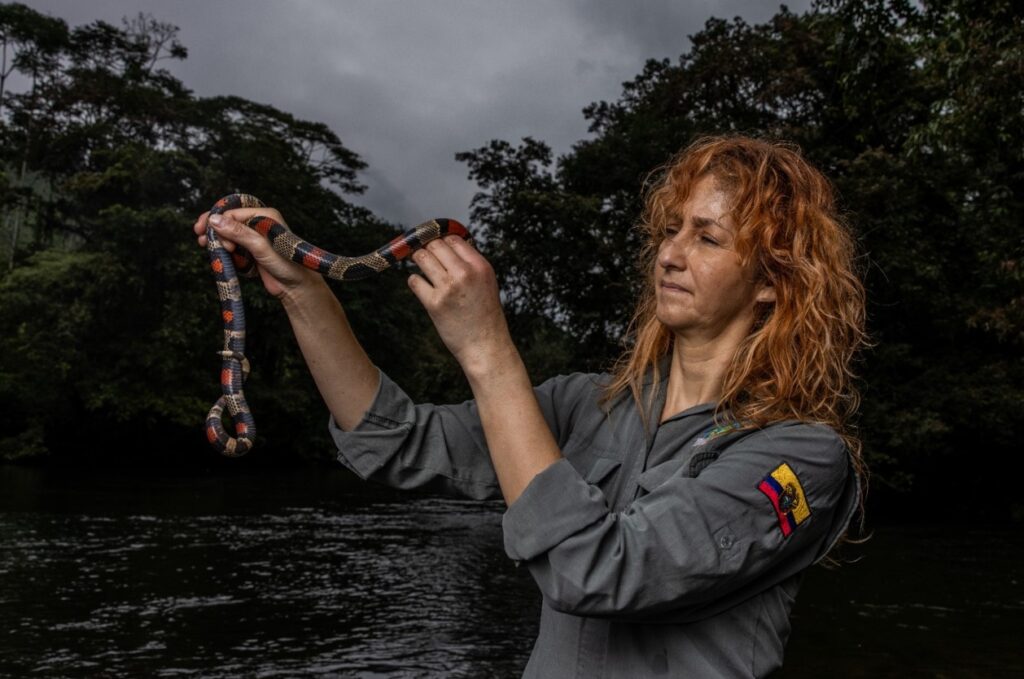
Maria Elena Barragan-Paladines is an Ecuadorian biologist with lifelong interest in conservation and ecology. She has extensive experience in management and treatment of snakebite, environmental education, captive management of reptiles and amphibians. Over the past three decades, Maria has carried out fieldwork on educating local and indigenous communities about snake conservation and snakebite prevention.
